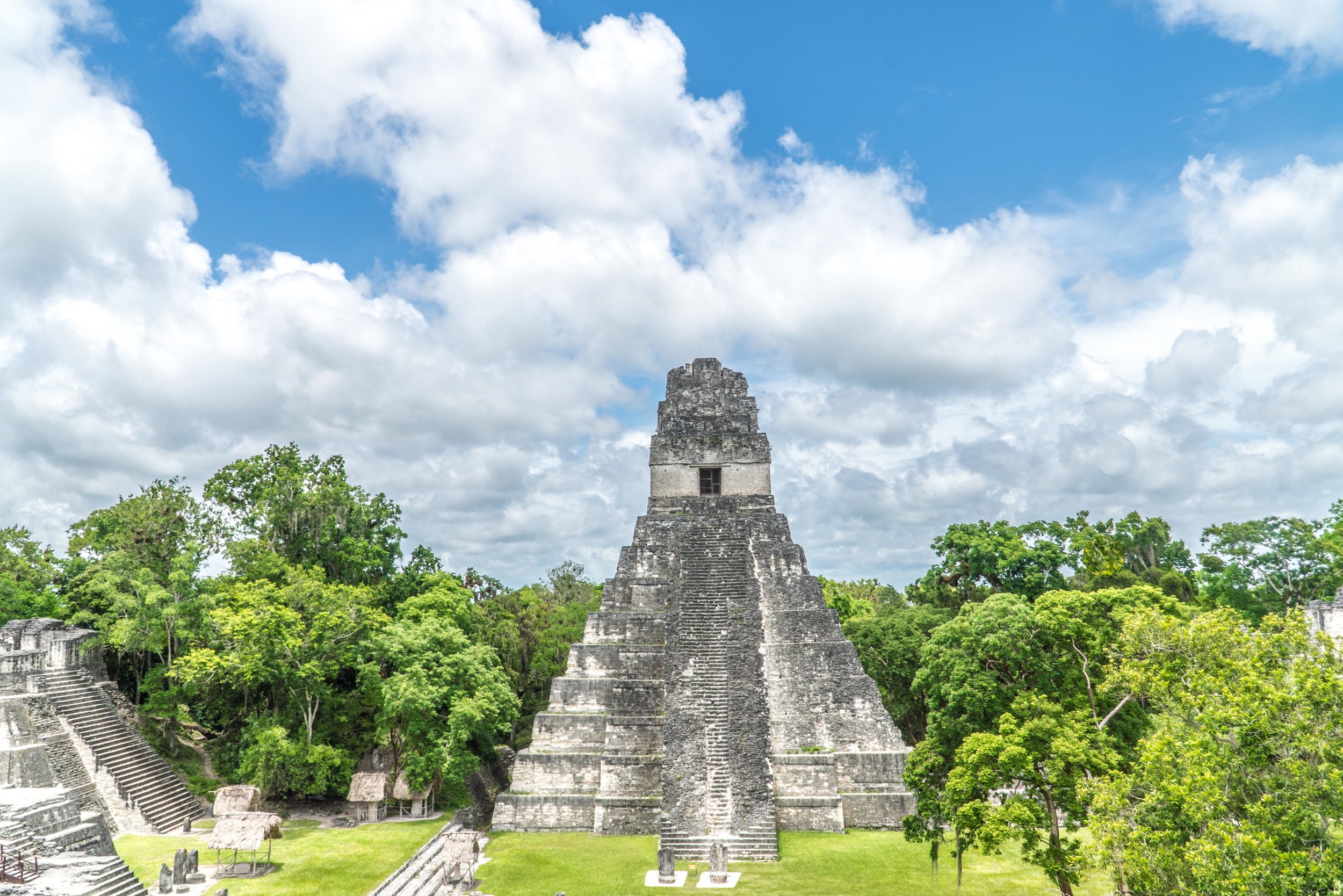9 Jet Lag Travel Tips
For all the perks that travel has, I'd be lying if I said that it didn't have some downsides. And is there anything that's more of a downside than succumbing to jet lag? Yet after a number of long-haul flights, it's something I've been able to get better at handling with every flight abroad. And needless to say, those experiences and knowledge came in handy last week on my 14-hour flight from Seattle to Dubai, a 12-hour time difference. But it seems like everyone has their own jet lag home remedies. For some, it's nothing more than sleeping pills (which I have chosen to avoid), while for others it seems like a 15-step program. However, for me, it's simply been a process of elimination and finding things that have helped me sleep on planes and acclimate myself to new destinations (and time zones).
So today I'm sharing my travel tips for beating jet lag, which have seemed to work over the years, and I stayed true to on my most recent trip, a 72-hour trip to Dubai. Got your own jet lag travel tips? Leave it in the comments below.
9 Jet Lag Travel Tips
Begin adjusting my sleep schedule before I travel. For at least a couple nights before a long-haul trip, I'll start going to bed either earlier or later depending on where I'm traveling to. If I'm heading west, such as Hawaii, then I'll start going to bed an hour or two later the first night. When traveling to Europe, for example, I'd start going to bed earlier, perhaps 1-2 hours early the night before and then even earlier on subsequent nights.
Sleep less the night before a trip, so I can better sleep on the plane. Some people (like some scientists) advise traveling well rested. However, if I get 10 hours of sleep the night before a trip, then I'm going to have a hard time falling asleep in a reclined position in an economy seat. Therefore, I'll typically try to sleep less than usual on the night before a trip, in hopes that I'll more easily fall asleep on the plane.
Opt for overnight flights when possible. Crazy as this may sound, I love red-eye flights. Most of the time, I can sleep on long flights, so if I get a few hours of sleep and then arrive in the morning or early afternoon, I can usually hit the ground running. I'll even do this for East Coast flights in which there's even just a three-hour time difference. Not to mention that red-eye flights are often cheaper, or at least less expensive than late morning and afternoon flights.
Set my watch to my destination's time as soon as I board my flight. This is more of a habit, then anything else, and helps get me in the mindset of the destination that I'm traveling to. However, I'll also use this as something of a guide when deciding what time I should fall asleep on the plane. On my flight home from Dubai, for example, I set my watch back to Pacific Standard Time, which at that time was 9 p.m. So I stayed up a few hours, watching a couple movies and having a meal, and then went to sleep. This helped me better adjust when I returned.
Hydrate on the plane. Anyone who has ever traveled with me has probably noticed that when the airline starts boarding, I slip off for a few minutes. This is to use the bathroom one more time, but more importantly, to get a couple bottles of water or juice for the flight. Those small cups of water on the plane just aren't adequate enough for me on long flights. The combination of altitude, close quarters, and pressurized airplane cabin can make you dehydrated, quickly. Additionally, many travel experts (and scientists, yet again) strongly urge against drinking alcohol, too, which can make jet lag worse.
If you're anything like me, then enjoy a glass of red wine before dozing off on the plane. But, science be damned, I'm going to drink red wine anyways. I really do believe scientists. However, this is just been a ritual of mine for years, whether it's a red-eye flight across the country or long-haul flight around the world. I'll drink what's the equivalent of a couple glasses of red wine (or one of those airplane mini bottles of wine) either before boarding, on a domestic red-eye flight, or on the plane, often with a small meal, before trying to get some sleep. Does it work? I'll let you be the judge.
Travel with a sleep mask and ear plugs (and earbuds or noise-canceling headphones). If you're traveling on an International flight, many airlines will provide a sleep mask and ear plugs free of charge. However, to be on the safe side, you may just always want to travel with one. As ridiculous as I may look, I'll choose a sleep mask any day over that one passenger sitting across from me who has his reading light on the entire flight. Additionally, I travel with earbuds, and when I'm ready to fall asleep, slip them on and turn on my "slow jamz" or "sleep jamz" playlist (thanks Bon Iver and Lord of the Rings soundtrack!).
Take a walk or work out immediately upon arriving. This jet lag travel tip is actually one of my favorite general travel tips, whether trying to avoid jet lag or not. It's one of the first things I do upon arriving to a destination, dropping my things off at my accommodations and hitting to the pavement with my Chuck Taylors. I'll often shower first, but I try not to stay in my hotel room, fighting off the urge to lay down, and getting the juices flowing. If I arrive later in the day, like I did in Dubai, arriving to my hotel at 9 p.m., then I'll do a quick workout instead.
Avoid naps and go to bed at a normal time after arriving to your destination. If there is one thing from this list that you follow, let it be this: Fight the urge to nap. All of a sudden that mid-afternoon power nap becomes a six-hour nap because it's your bedtime back home, and then you're up all night. Fight through it, take a shower, go for a walk, workout, go to a local haunt, and explore! After all, you didn't travel all that way just to sleep. You'll sleep when you're dead, or hopefully on the plane ride back and after you get home.
What are your jet lag travel tips?














